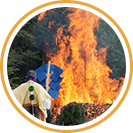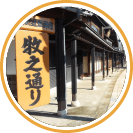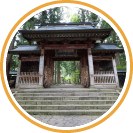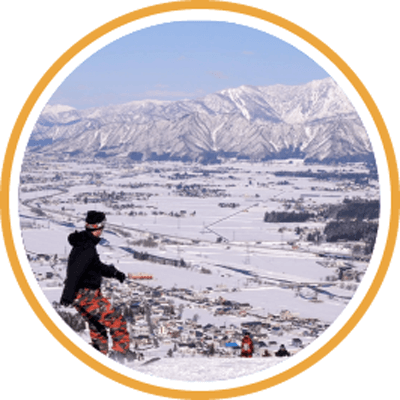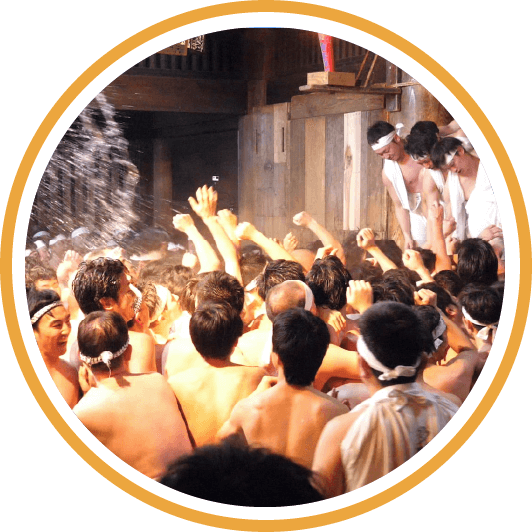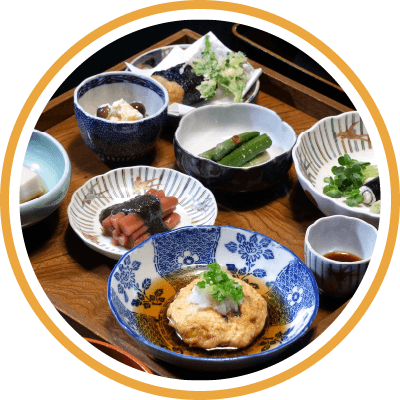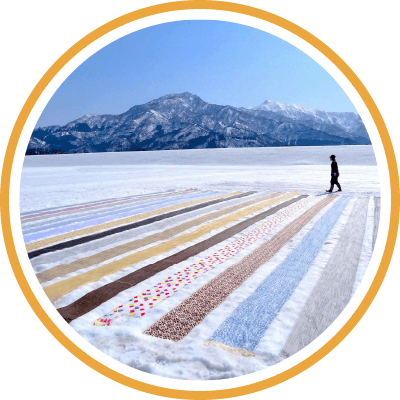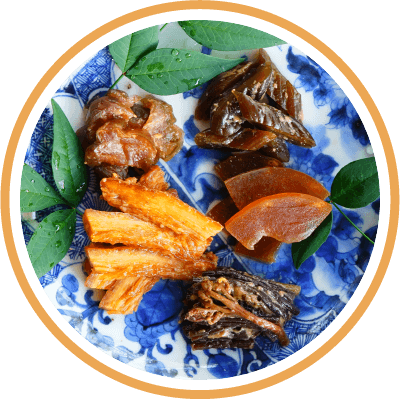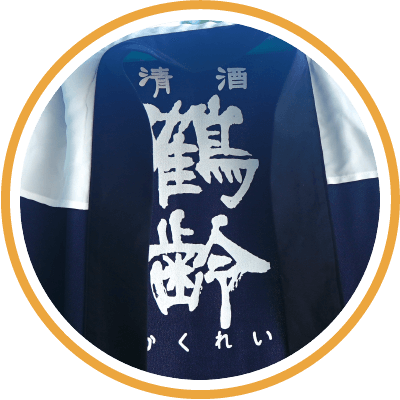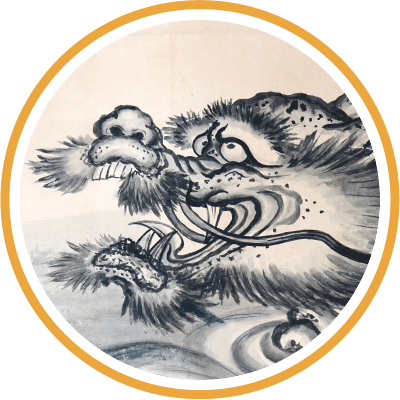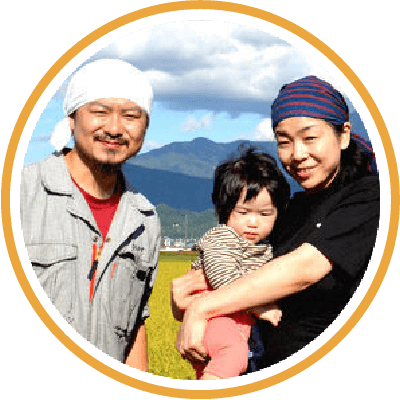A Tradition Tying the Community Together
The Year of the Rabbit Celebration

The Year of the Rabbit Celebration is a festival that takes place every 12 years, exclusively on the year of the Rabbit. Officially known as the “Year of the Rabbit Grand Memorial Procession”, it is also called the “god’s procession”, “long detour”, or simply Udoshi Matsuri, meaning “Year of the Rabbit Festival.” The festival’s traditions have been passed down within the Minamiuonuma Shiozawa region’s Nakanoshima, Ueda, and Ishiuchi areas since the Edo period.
The festival seemingly has various origins. However, it is widely believed that it was first carried out to pray for bountiful crops and ward off evil after many people were left suffering due to subsequent disasters. These disasters included a bad harvest and an epidemic, which both occurred during a year of the Rabbit.
The festival’s goshinkai, or god’s procession, is considered to have started in 1723 as a way to repel disaster after the Uonogawa river had flooded the previous year. Following this, the festival continued to be held during other zodiac years as well for about 100 years, but was interrupted in 1824. Time passed, until it was revived in 1867, which was coincidentally a year of the Rabbit. The Maiko Oyama area subsequently agreed from there on out to hold the celebration only in the year of the Rabbit, regardless of good or bad luck.
The Maiko Oyama area includes the ten villages of Maiko, Manjo, Ohara, Gochobu, Ubashima, Ronmaru, Tsuboike, Goromaru, Nakago, and Tokuda. Every twelve years, these ten villages will come together to celebrate the Udoshi Matsuri.
The festival procession is meant to thank the gods for their divine blessings, as well as pray for people’s happiness, abundant harvests and sound health. The enshrined deity is first transferred from its permanent residence atop Okami Hill to a portable shrine the day before the main festival, then stored in a temporary shrine located at the Suzuki Residence. The portable shrine then departs the next day, traveling around all ten villages of the Maiko Oyama area, after which it is brought back to the Okami Hill Grand Shrine for the deity to be re-enshrined once more. The procession is preceded by fifty majestic kagura performers carrying a lion head to perform a grand purification ritual. The procession itself consists of more than 400 people, and spans 300 meters from beginning to end.
At the vanguard of the procession come the festival flag bearers. They are followed by a variety of figures including fukinagashi flutists, mythical masked characters, a children’s procession, shrine maidens, and shrine priests including the head priest, all preceding the portable shrine itself. Floats from each of the ten villages of the Maiko Oyama area follow behind the shrine, parading through the streets to the lively accompaniment of flutes and drums. The procession takes an entire day to complete the circuit from village to village. At the end of the festival, the sight of each village's float running vigorously up the sacred mountain is a powerful sight to behold.
Participants from each village will start practicing and getting ready for the festival up to a year in advance. With friendship and harmony among the villages as its foundation, we hope that this grand festival, which has been carried on throughout the years by locals, will continue to be a tradition in this area for many more years to come.
Photo Gallery
Movie Clip
Site Information

| Name | Isonokami Shrine |
|---|---|
| Address | 1563, Maiko, Minamiuonuma, Niigata |
| Telephone | 025-773-6665 |
| Bussiness Hours | Reservation required |
| Entry Fee | 300yen |







